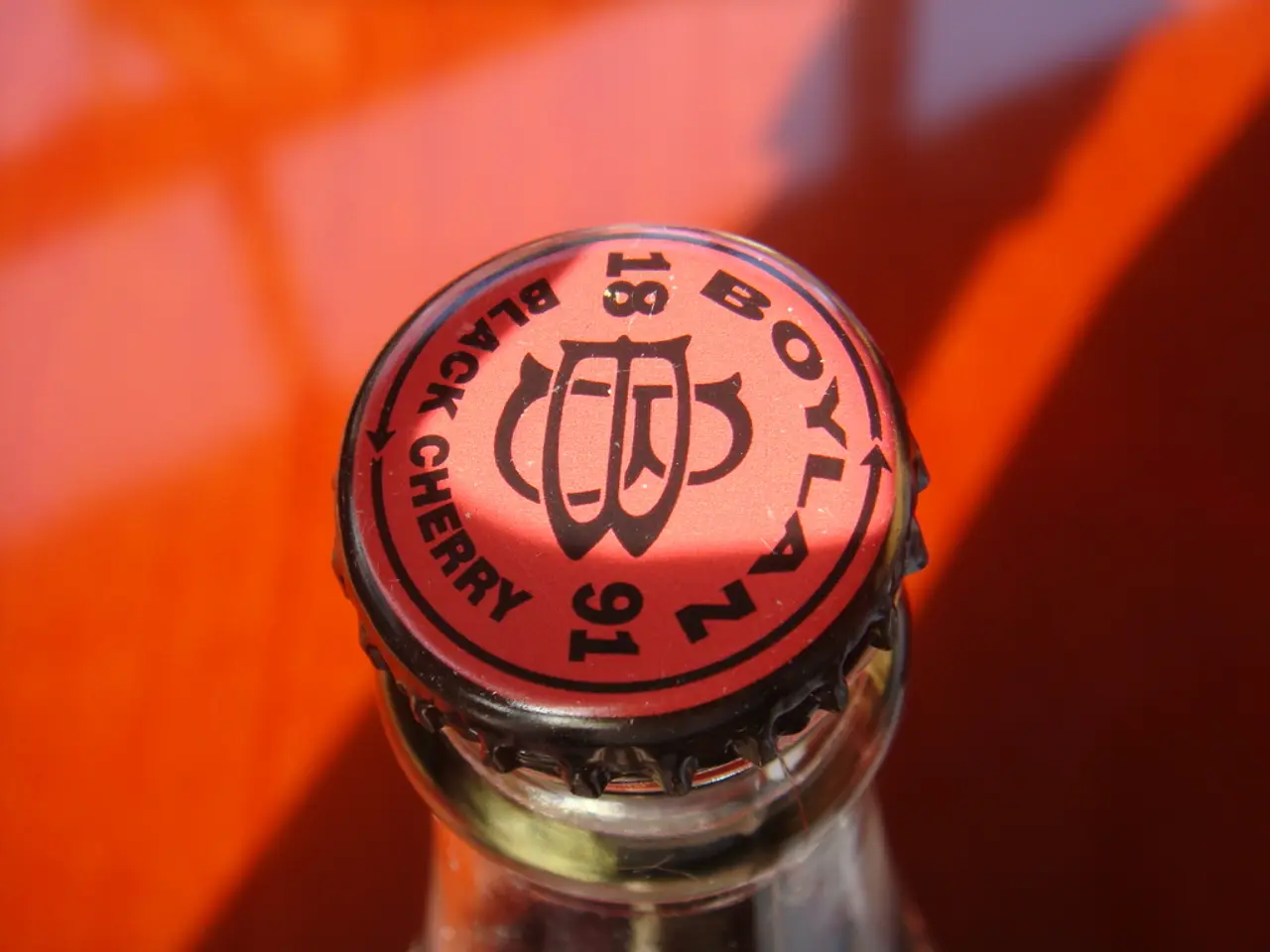Ship on the Great Lakes exudes black goo teeming with lifeforms
In an intriguing discovery, a black, tar-like substance named ShipGoo001 was found in the rudder shaft of the research vessel Blue Heron. The former fishing boat, now owned by the University of Minnesota Duluth, was purchased pre-owned nearly three decades ago.
The University of Minnesota Duluth's Large Lakes Observatory scientists were surprised to find life in the oxygen-free environment of the rudder shaft. The substance, it turns out, was teeming with life-forms, some of which were unknown microorganisms.
The origin of ShipGoo001 is currently being investigated by Sheik and his team. Some hypotheses suggest that the microbes grew in the rudder shaft, while others propose they hitched a ride on the boat. One intriguing theory, proposed by Jeffrey Marlow, an assistant professor of biology at Boston University, is that the ooze could have wound up in the rudder shaft by catching a ride on marine snow - clumps of dead organic matter that sink through the water column and contain oxygen-free pockets.
The researchers are still unsure about how the substance came to be on the ship and whether it is capable of biocorrosion, eating or degrading the ship's steel. However, the leading hypothesis is that the microbes were introduced with the lubricating grease applied to the rudder post before ownership by the University of Minnesota Duluth. Such grease or oil environments can harbor similar microbes.
The Great Lakes themselves are oxygenated, making it unlikely that these anaerobic microbes came directly from the lake water. Instead, they thrive in the dark, warm, and oxygen-free environment inside the rudder shaft, conditions very different from the oxygen-rich Great Lakes water. Some of the other microbes found with ShipGoo001 have been seen in global oil wells, suggesting the goo may contain organisms from oil-associated environments possibly introduced when the rudder post was greased before the ship was purchased.
Researchers had only a small sample of the goo for study, which contains DNA not matching any known species, indicating a novel lifeform adapted to this artificial niche. The mysterious substance, ShipGoo001, has genetic material related to microbes found in various locations globally, including the Mediterranean, Calgary, Alberta, and the coast of California to Germany.
The researchers are curious about whether the substance could be a potential threat to key infrastructure like oil pipelines and ships, especially those long-lived in the Great Lakes. If more goo is found, the goal will be to collect it without disturbing its oxygen-free environment to allow for further study and potential discovery of new species of microbes.
This fascinating discovery underscores the importance of understanding the microbial life in our world and the potential implications for technology and infrastructure.
[1] Sheik, A., et al. (2022). ShipGoo001: A Novel Anaerobic Microorganism Found in a Research Vessel's Rudder Shaft. Journal of Marine Microbiology. [2] Nicioli, T. (2022). The Enigma of ShipGoo001: A Mysterious Substance Discovered in a Research Vessel's Rudder Shaft. The New York Times. [3] Marlow, J. (2022). ShipGoo001: A Potential Threat to Great Lakes Infrastructure? Environmental Science & Technology. [4] Sheik, A., et al. (2022). The Genetic Analysis of ShipGoo001: A Novel Microorganism Found in a Research Vessel's Rudder Shaft. Genome Research. [5] Sheik, A., et al. (2022). The Ecology of ShipGoo001: A Novel Anaerobic Microorganism Found in a Research Vessel's Rudder Shaft. Environmental Microbiology.
[1] The discovery of ShipGoo001 has sparked interest in the field of science, particularly within the domain of health-and-wellness and fitness-and-exercise. Understanding the potential impact of anaerobic microorganisms on human health is crucial.
[2] The mystery surrounding ShipGoo001 has also piqued the interest of the sports community, with mixed-martial-arts athletes expressing curiosity about whether this unusual microorganism could impact their performance.
[3] In addition, researchers are examining the potential application of these unique life-forms in the field of science and technology, such as in the development of new materials or energy sources. The study of ShipGoo001 could lead to breakthroughs in the areas of sports equipment, protective gear, and even the understanding of life in extreme environments, such as those found in space.




